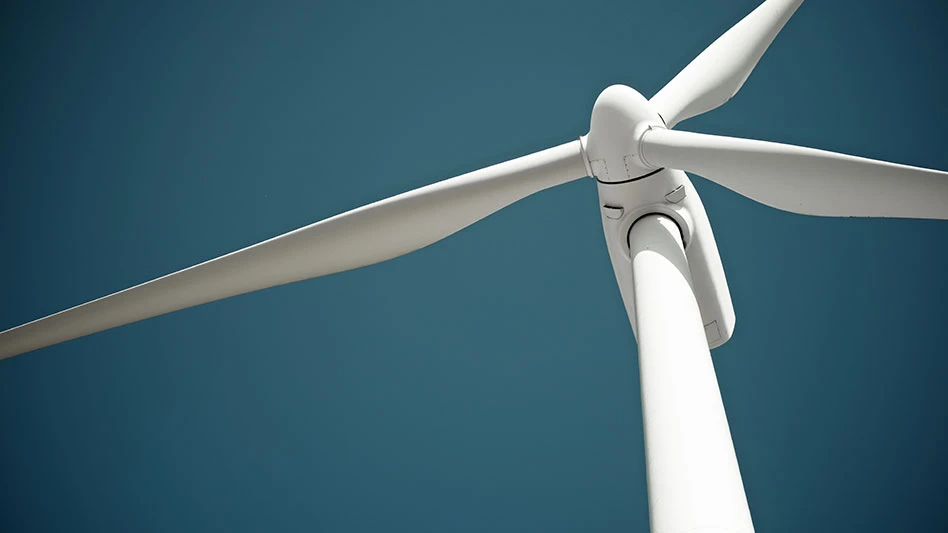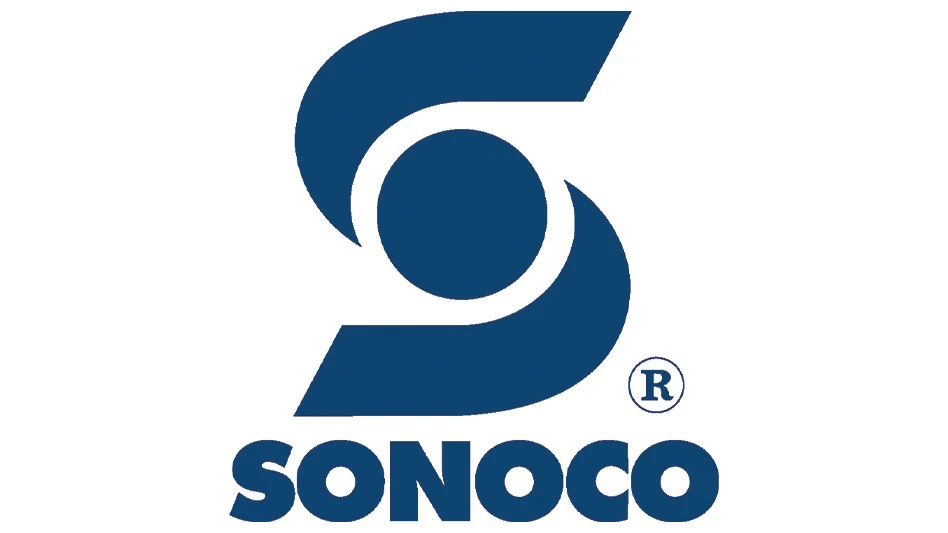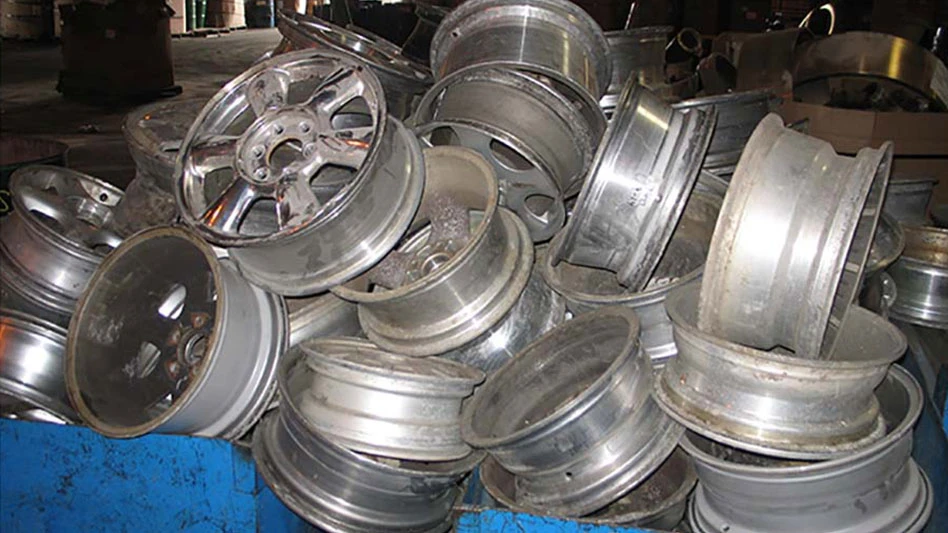Amazing changes have occurred in the North American automotive industry in the past three decades. These changes, as with most aspects of the current U.S. economy, have been brought about by behavior in the household spending or individual consumer sector of the economy.
Unlike their counterparts in many other parts of the world, consumers in North America do not necessarily show a preference toward domestic products and companies. Rather, quality and value are the most desired traits, and the origin of the product is often a secondary consideration.
American automakers have both suffered and profited from this trait. In the 1970s, as gasoline prices became a major consideration and consumer groups began testing and tracking the quality of cars on the market, the Big Three rapidly lost market share. The winners in this scenario were overseas producers who offered smaller cars that also rated well with consumers in terms of needing very little service or warranty work.
Although the 1970s and 1980s allowed Japanese companies to gain American market share and spurred their investment in manufacturing plants here, the tide did not prove irreversible for the Big Three. The sport utility vehicle (SUV) concept and the light truck segment expanded rapidly in the 1990s and the first part of this decade, and Ford, General Motors and the former Chrysler (now foreign-owned itself) had popular, profitable entries in those two segments.
But all purchasing fads come to an end, and it looks like soaring gasoline prices have helped Americans re-consider the merits of bulky vehicles in favor of a gas tank that needs to be filled less often. Once again, American automakers have to compete in the compact and mid-sized auto segments, and the phrase "catching up" seems to apply.
What is different this time is that automakers from throughout the world now have production and assembly plants in the United States.
Whether one thinks it is good, bad or otherwise, the success of overseas automakers in establishing operations in the United States has caused significant changes for the scrap industry. The so-called "transplant" facilities are, on average, farther south than the traditional industrial base of the Big Three in the Great Lakes region.
Starting in central Ohio with Honda facilities and moving south through Kentucky, South Carolina and into northern Alabama, where the Mercedes brand has set up shop, the geographic focus of these automakers is very different.
Scrap companies in the Great Lakes region, like other companies involved in the auto sector, will be watching closely as to how Ford, GM and DaimlerChrysler fare in their newest round of battles.

Explore the March 2006 Issue
Check out more from this issue and find your next story to read.
Latest from Recycling Today
- Radius experiences sixth consecutive quarterly loss
- US ferrous market exhibits upward pricing pressure: Davis Index
- Glass Packaging Institute applauds regulation change
- Engcon adds to Tiltorotator line
- Paper recycling is focus of two January webinars
- Disruption likely for material flows in mid-January
- Blue Whale Materials to expand Oklahoma lithium-ion battery recycling plant
- CARI names new president and CEO





